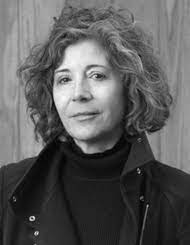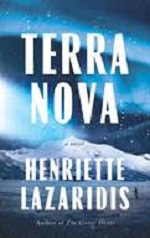Lazaridis’ interest in Antarctica came from her immense fascination with British naval officer and explorer, Robert Falcon Scott, who famously lead his team on a fatal expedition to Antarctica in the early 1900’s. “Because of that, I’ve always had books about Antarctica lying around the house and really my whole life I’ve been, from time to time, picking these books up, looking at them, reading a few passages… it was always in my mind. I was always thinking of Robert Scott and of Antarctica, and Antarctica’s exploration, so some of the details I kind of just knew from decades of reading and looking at photographs and things like that.” She was then able to use that information to write in great detail about the harsh conditions that Edward and James faced while trekking through the Antarctic.
Along with Antarctica, Lazaridis also wanted to incorporate the art of photography in her story. “With these characters, the photography of Antarctic explorations is a big part of the appeal, honestly, if you look at the photographs…they’re beautiful, beautiful images… so that always interested me and I wanted, it came very early on, along with the idea of this novel was the idea that photography would play a role in the ethical question that these men, sort of, bring into their lives… and I wanted Viola to be the one who was involved in that, so I had to make her a photographer and have her in her dark room, developing these images and looking at these things…and so I wanted her to have that experience of looking at these images taking shape and seeing in them something that is not what she expects.”

…[authenticity] is a thing that I’m interested in…when people are authentic to themselves, when they present an authentic identity to the outside world, what is the cost of that, the truth, those kinds of questions…


As we go through life, you have to make allowances for your friends’ imperfections, as readily as you do for your own.

Podcast: Play in new window | Download
Subscribe: RSS

Want to join the discussion?
Feel free to contribute!